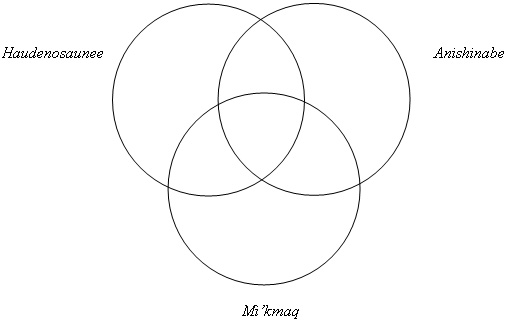| Social Studies – Grade 7 | Close this window |
 |
Interacting Players and Forces (OCI) > Aboriginal Societies (CC) |
  |
What's this? |
Aboriginal Societies
What were the most significant differences and similarities in social and economic structures among selected Aboriginal societies prior to the 16th century?
|
||||||||||||||||||||||||
 |
||||||||||||||||||||||||
Suggested ActivitiesIn this critical challenge, students investigate the social and economic structures of selected pre–16th century Aboriginal societies by determining the most significant differences and similarities in daily life within these communities. Activity 1
Consider adapting one of the charts and strategies for Collecting Information (Support Material) to structure and assess this activity. Comparing Information
Activity 3
Direct groups to rate the impact of each difference and similarity on a three-point scale: 2 strong impact; 1 moderate impact; 0 little or no impact. Encourage students to provide a reason for each rating. Consider adapting the chart and strategies in Rating Options (Support Material) to structure and assess students' ratings. Ask students to use their completed charts to individually identify the three most significant differences and three most significant similarities among the three Aboriginal societies prior to the 16th century. Extension |
||||||||||||||||||||||||
 |



